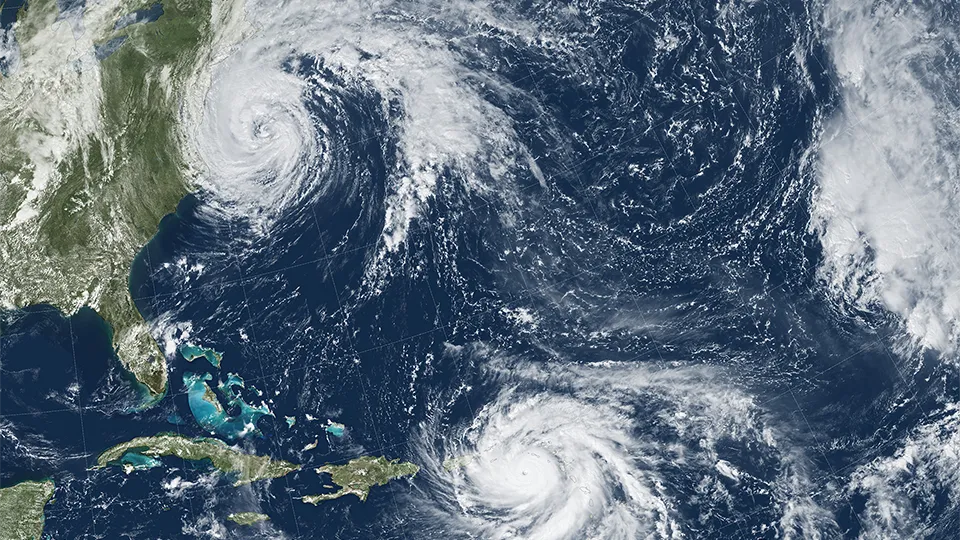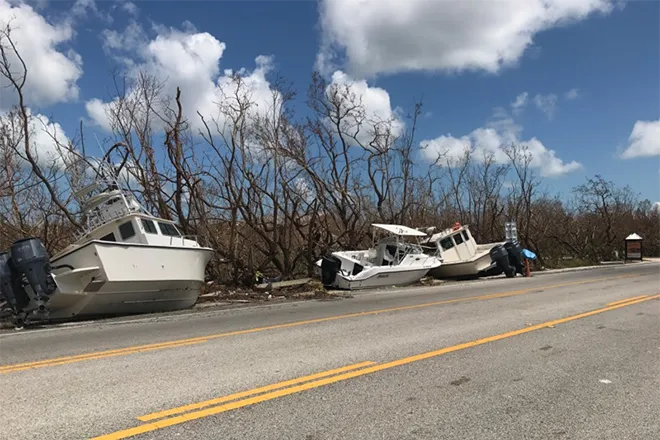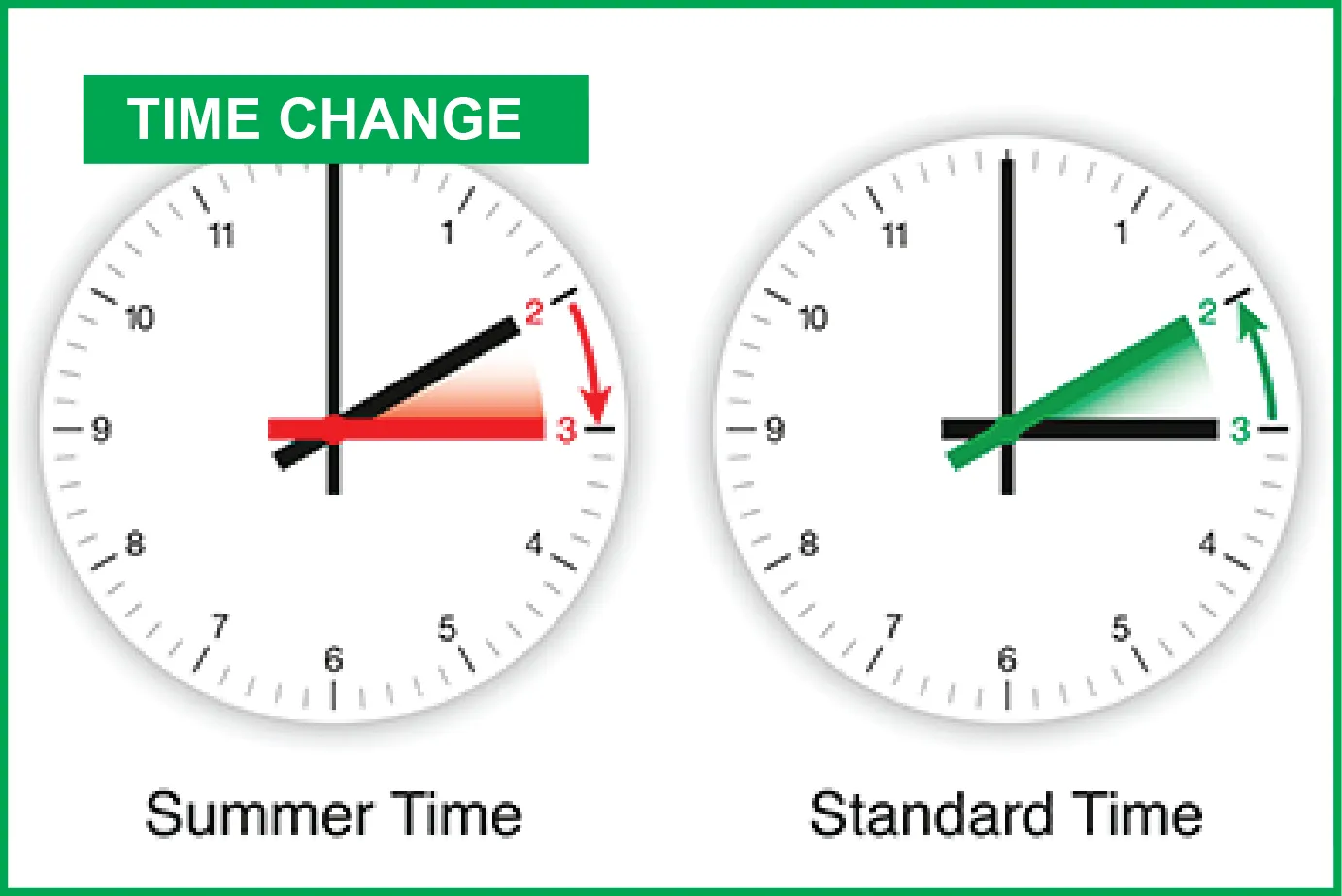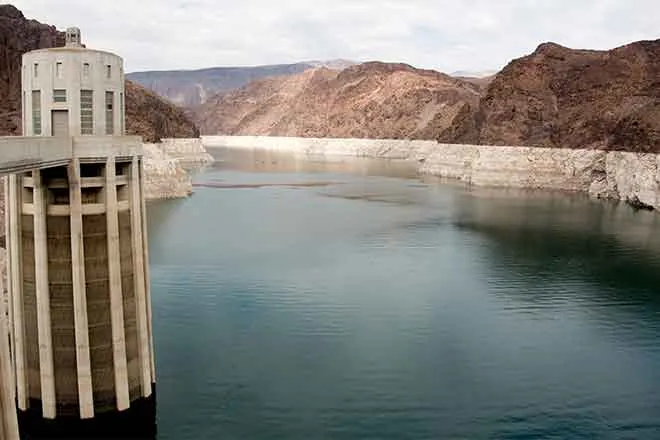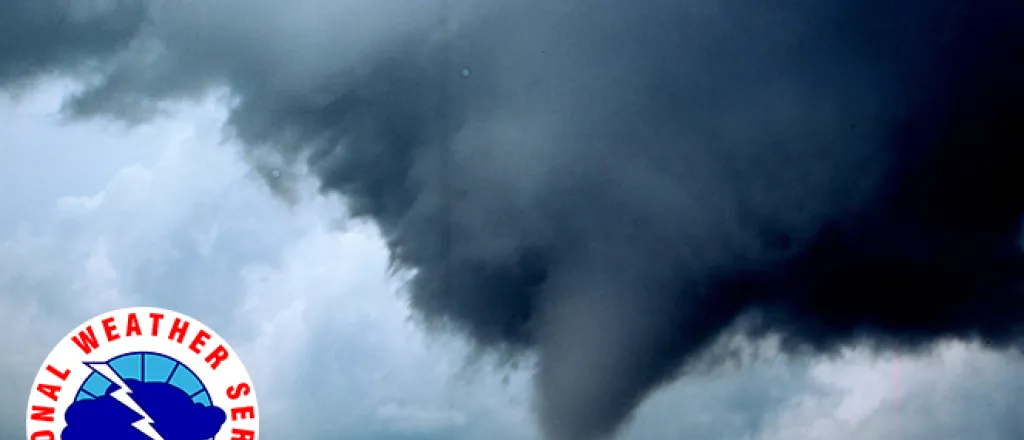
Flash Flood Safety
By NWS Staff
Only two years ago major flooding in September resulted from over eight inches of rain that fell over a large area from northern Jefferson County to the Wyoming border. This rain caused flash flooding in a number of creeks and rivers, causing considerable flash flooding. Runoff from area streams combined to cause major flooding along the South Platte River. Mitigation is still ongoing to repair flood damage along the streams and rivers in and near the foothills from Larimer County to El Paso County and along the tributaries to the South Platte River.
In July 2014, six or more inches of rain fell in parts of Kiowa County causing flood issues not unlike those in northern Colorado the previous year.
Flash flooding refers to a dangerous sudden rise in water along a creek, river, or a normally dry land area. Flash floods result from heavy rainfall, sudden breaks in river ice jams, and dam or levee failures.
Flash floods can occur within a few minutes or hours, and can move at surprisingly high speeds, striking with little warning. Flash floods are quite destructive because of the force of the moving water, and the debris that accumulates in flood waters, such as trees and boulders, which can destroy roadways, bridges, and buildings.
Other complications in Colorado are recent fires which raise the flood threat when locally heavy rain falls on recently burn scars. Residents in and near burned areas near Mancos, Debeque or in the Front Range Foothills from Larimer to El Paso Counties should plan ahead on response actions for flooding.
The National Weather Service will discuss flood and flash flood potential in daily hazardous weather outlooks and in the weather story on National Weather Service websites. On days with a high threat of flooding you may hear:
A flash flood or flood watch, which means that flash flooding or flooding is possible within the watch area.
A flood warning, which means that flooding is imminent or has been reported along a river.
A flash flood warning, which means that flash flooding has been reported or is imminent. When a flash flood warning is issued for your area,
act quickly. If advised to evacuate, do so immediately. Go to higher ground or climb to safety before access is cut off by flood waters.
An urban flood advisory will be issued for impact flooding that is not in itself life threatening. In an urban area if you were commuting during rush hour during a flood advisory you could expect some intersections to be underwater and a much longer commute. A small stream flood advisory might be issued when flow is bank-full with minor lowland flooding along
the stream.
Nearly half of all flash flood fatalities are vehicle related. Do not enter a flooded roadway, instead turn around - do not drown. In rapidly rising waters, backing up away from water may be safer. One or two feet of water will carry away most vehicles and you also cannot tell if the
road is damaged beneath moving water.
National Weather Service Offices serving Colorado:
Pueblo: http://weather.gov/pub
Denver/Boulder: http://weather.gov/bou
Grand Junction: http://weather.gov/gjt
Goodland: http://weather.gov/gld

